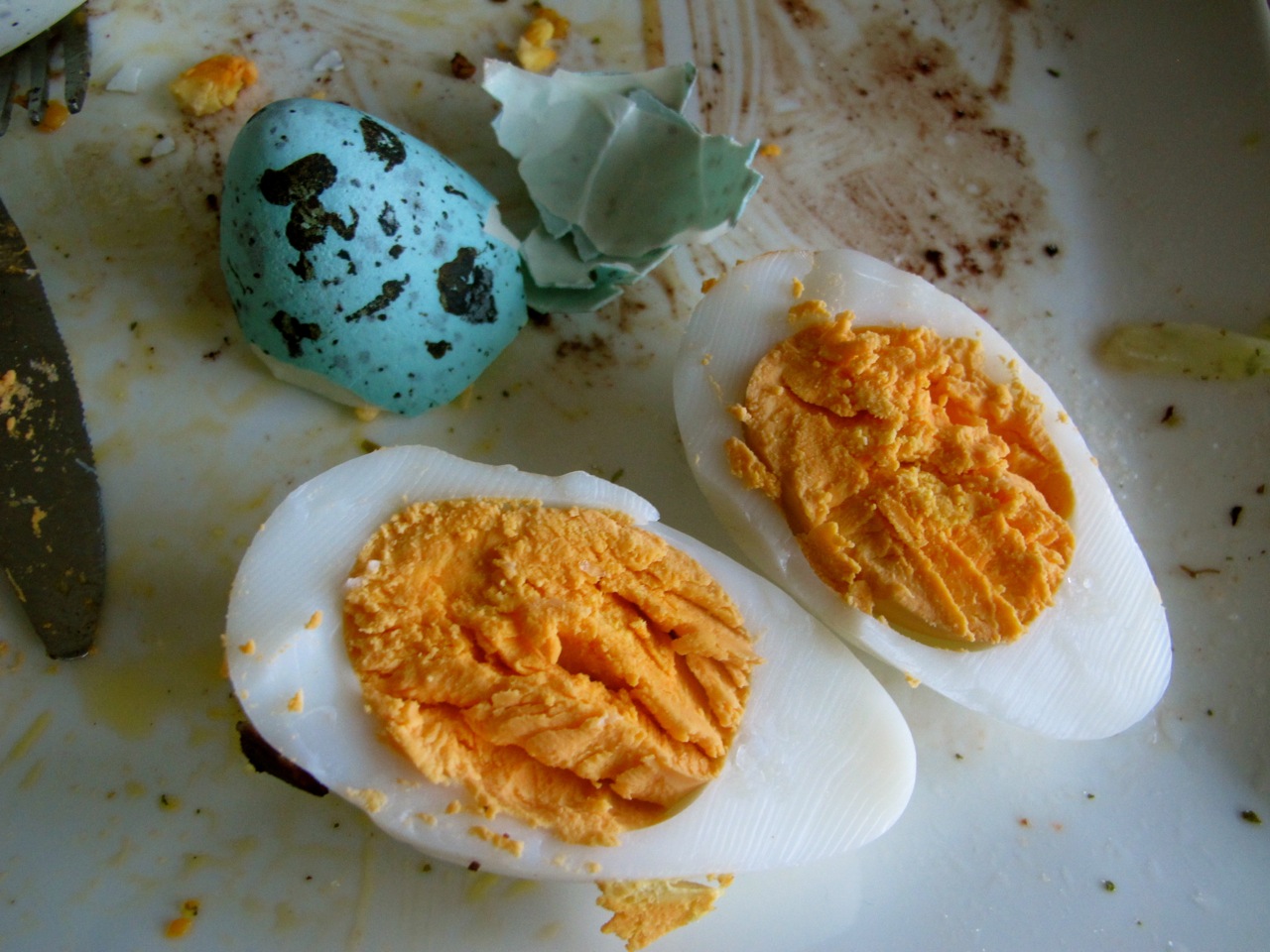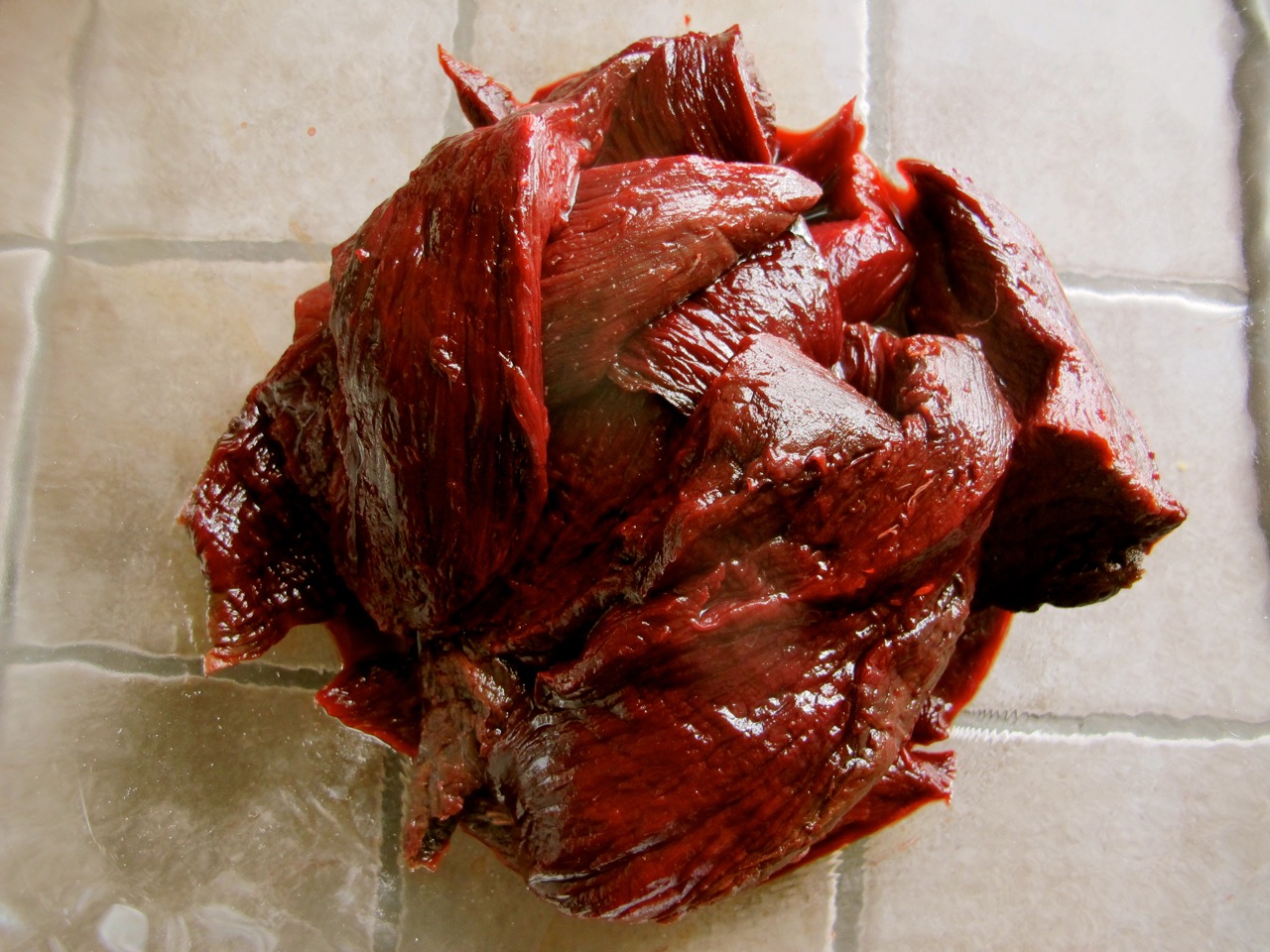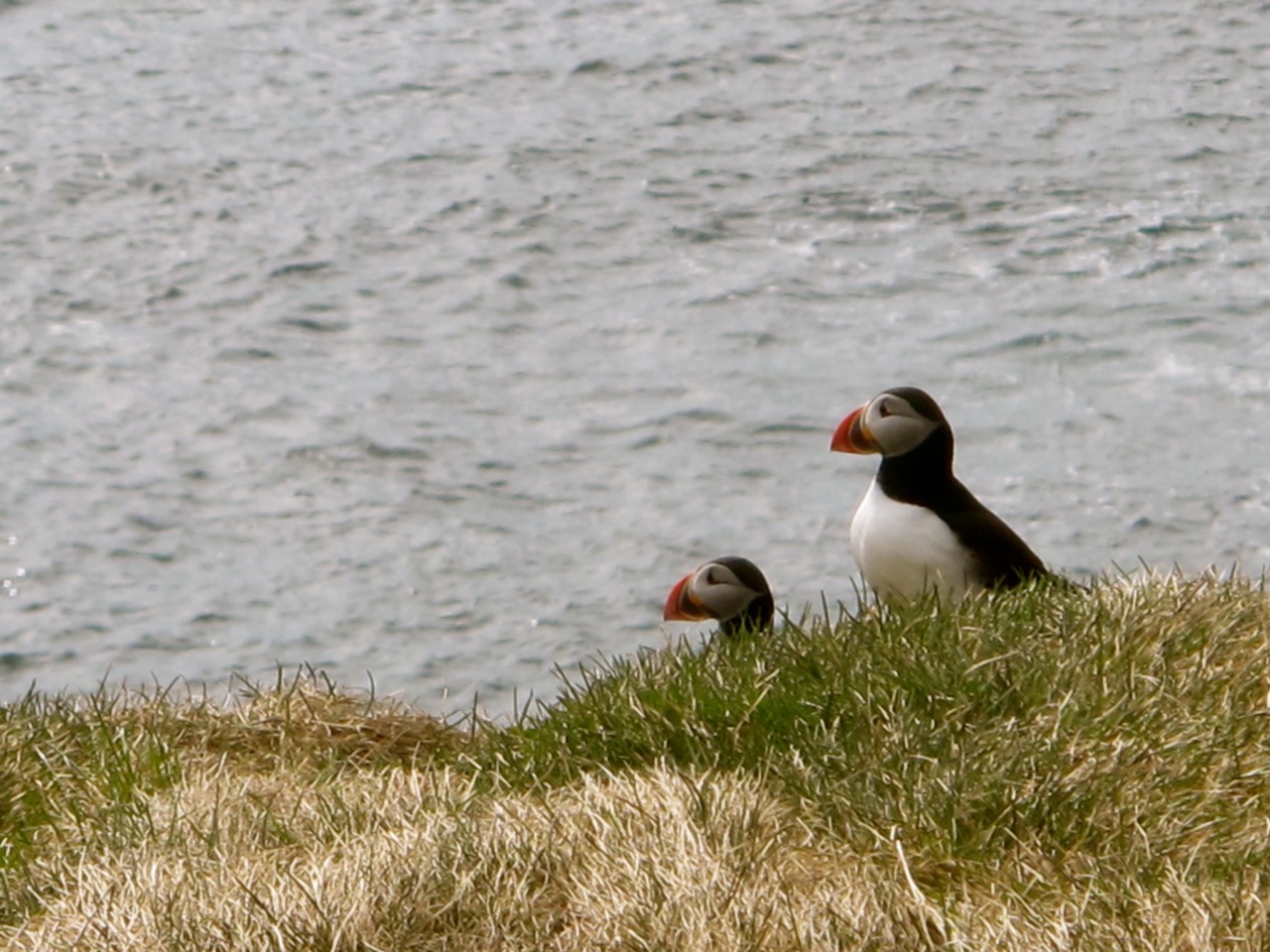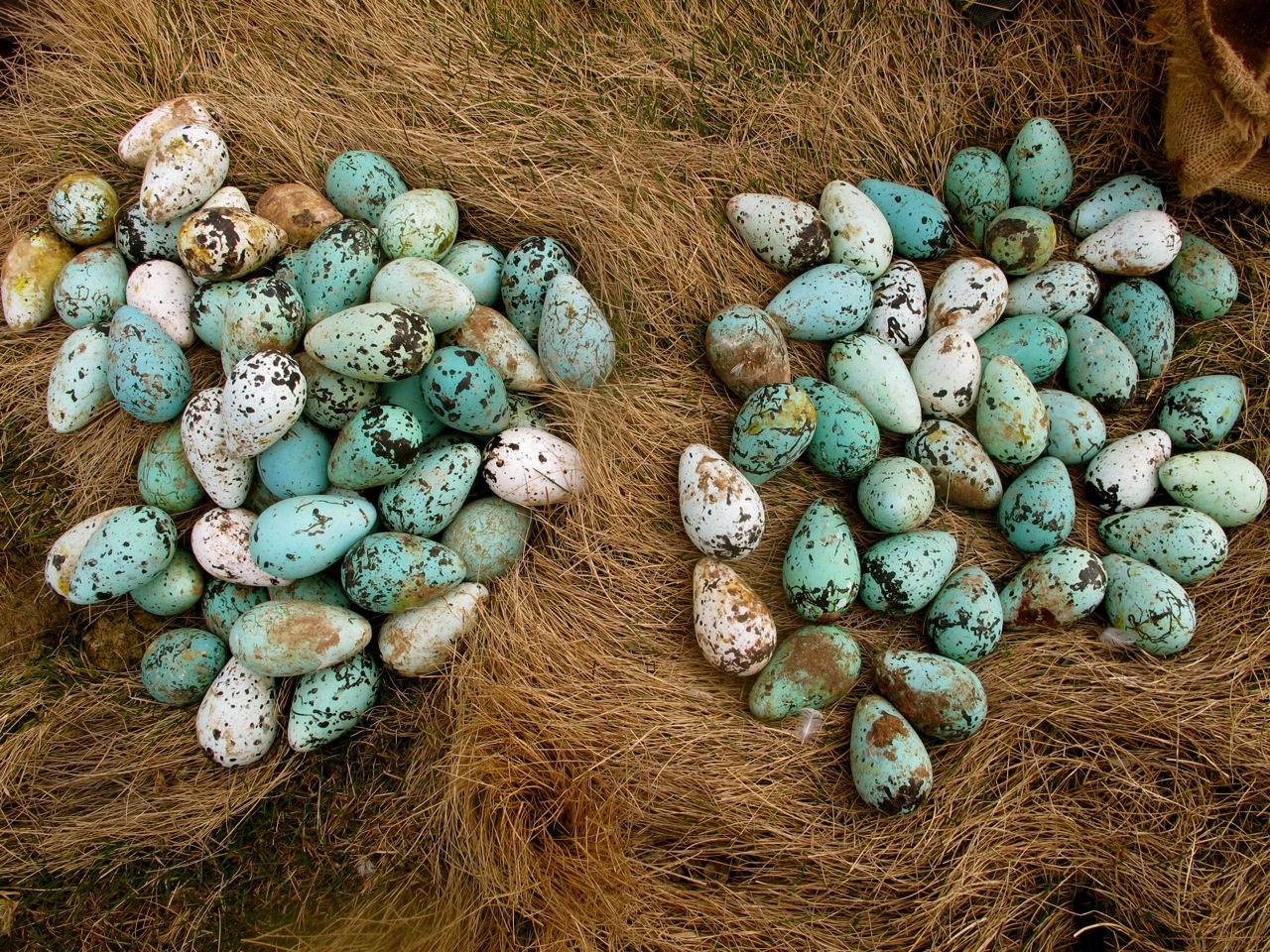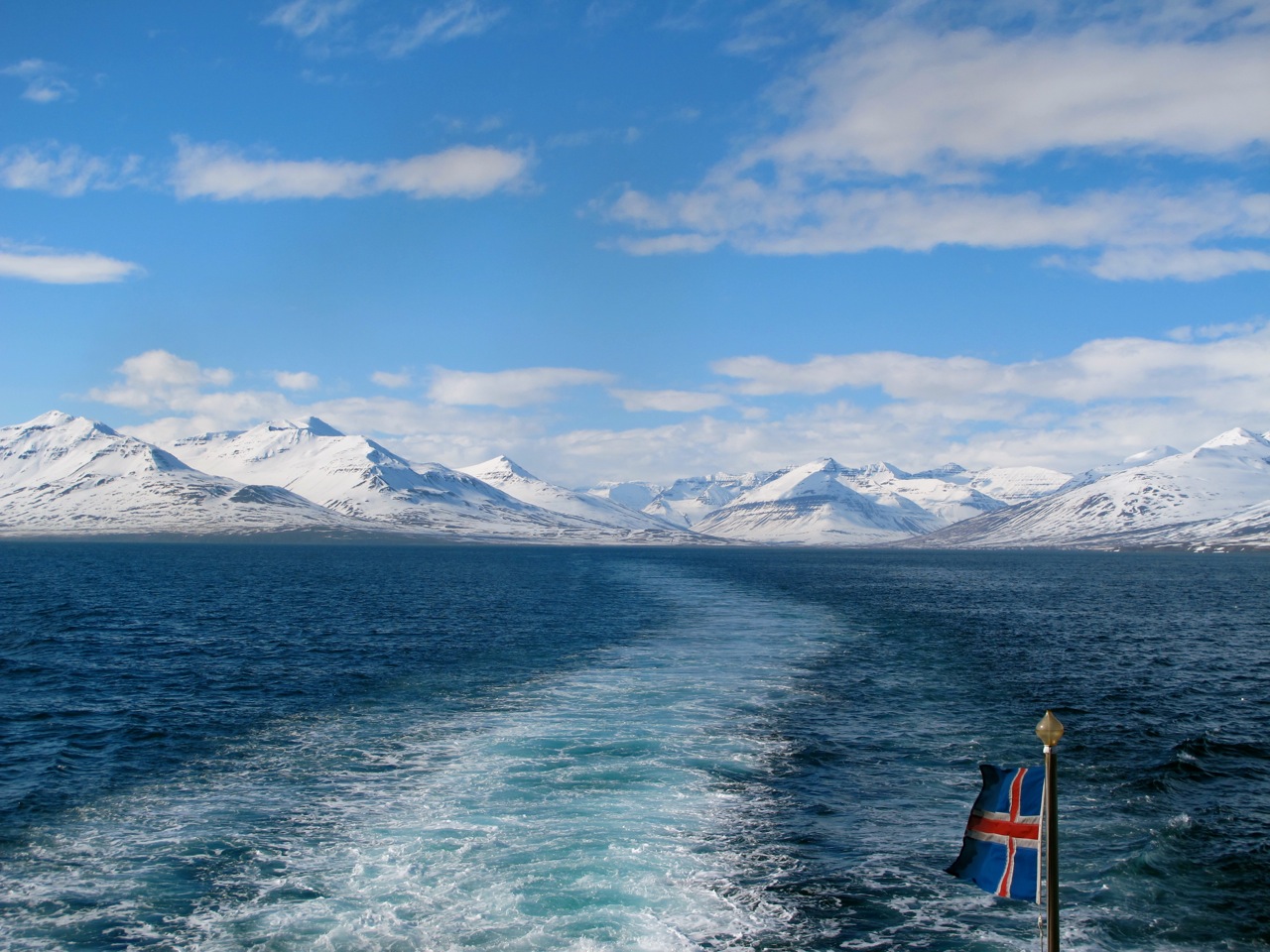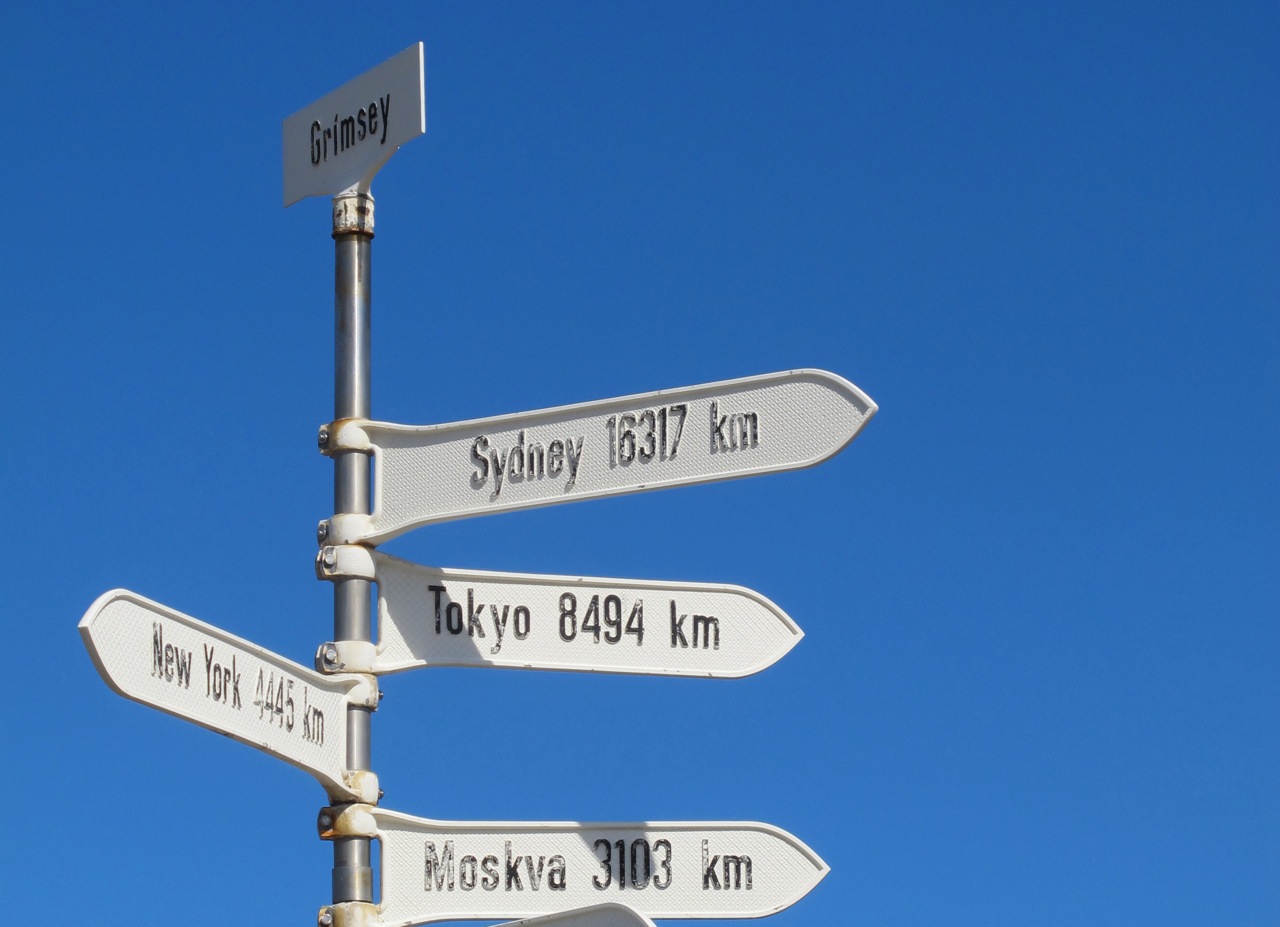A Travel Guide For The Arctic Circle
When I told a friend I was taking a ferry three hours north of northern Iceland he joked, "Where are you going? The Arctic Circle?"
"Yes," I replied.
I was heading to an island called Grimsey that measures five km square with the Icelandic chef Gunnar Karl Gislason and photographer Evan Sung for the final shoot of a cookbook we're working on together. As the ferry made its way past the snow-capped mountains of northern Iceland through the blue-green waters of the Arctic Sea I felt like we were on our way to another world. When we finally arrived, I realized that we were.
Grimsey is so wind-tossed that the soil is whipped back and forth into gnarled, watermelon-sized mounds of earth that make walking anywhere but the single road traversing the island virtually impossible. One of the first things we saw during our six-minute tour of the island was a pair of puffins nesting on the side of a cliff. It was my first puffin sighting ever and throughout our visit I could not get used to seeing the rainbow-beaked birds with flight patterns so choppy they look like they're drunk zoom past our heads.
Along with an active puffin population, various other sea birds, 26 horses, a flock of sheep, and eighty six residents, Grimsey boasts a single restaurant, two guest houses, a coffee shop, and one grocery store that supplies everything from yarn to whale meat to fishing hooks.
The first thing we did after our don't blink or you'll miss it road trip was watch a fearless man named Siggi rappel down a dizzyingly high cliff off the back of a tractor to collect sea bird eggs which are sold at the restaurant as an amuse bouche. It's an old tradition that very few residents do anymore because of the the danger involved. The eggs are shaped like coneheads because the birds don't build nests and the pyramid tops prevent them from rolling off the side of the cliff.
Back at Siggi's house later that night we boiled the black speckled, turquoise blue eggs to accompany our meal of grilled whale meat and sea bird breasts. Gunnar made a Camembert cheese sauce to drizzle over the meat and tossed up a simple salad comprised of vegetables that felt more precious considering the journey we knew they had to take to get there. Whale is a controversial topic but on an island like Grimsey where resources are few and survival is always on the minds of its residents, a single whale sustains the population for an entire year. It's not something I agree with but I wasn't going to debate the issue with a man whose family subsists on it.
The sun barely dips below the horizon on Grimsey in late spring, which made it hard to fall asleep at our guest house overlooking the island's small harbor. I was in a panic because a 3:30am wake-up call loomed. After sleeping for a few hours, we stumbled bleary-eyed into Siggi's fishing boat. Fishing is the primary source of income on the island and Siggi invited us along for the 40-mile trip out to the fishing grounds where he catches cod, red fish, wolf fish, skate and the occasional shark.
It's a two-man show on the boat and it was impressive that Siggi and his first mate David, a transplant to Grimsey from Reykjavik, caught two and a half tons of fish that day. They line fish using squid as bait and while the day's first catch was abysmal, the second round was a furious race to keep up. Fish guts and blood splattered Evan's camera as David slit the gills of the cod and sliced open the bellies of the wolf fish, tossing the intestines overboard to the massive flock of seagulls waiting noisily for the feast.
After a 14-hour day of fishing, Evan and I both opted to have fish for dinner that night at the restaurant Krian. Knowing how fresh it was and exactly where it was sourced transformed our simple meal of grilled cod, tossed salad, fries and a Gull beer to wash it down into a hard won dinner we will never forget.
During our last morning on Grimsey, we did the only touristy thing there is to do on the island and stood under a sign for a photo-op directly on the Arctic Circle. It seemed appropriate that the wind was particularly fierce that morning and the temperature teeth clattering cold. As the ferry pulled away from Grimsey later that afternoon I marveled at the tenacity and determination of the people who live there. It's not something I could ever do full time but for the adventurous among us, it's an experience not to be missed.
How to Get There:
Plane: 30-minute flights from the northern Icelandic town of Akureryi travel daily to Grimsey during the summer months and three times a week during the winter. www.flugfelag.is
Ferry: A car ferry from the mainland town of Dalvik travels to Grimsey on Mondays, Wednesdays and Fridays at 9am throughout the entire year. It arrives at Grimsey at noon and leaves again at 4pm. Most visitors make Grimsey a four-hour-long day trip. Bring motion sickness medication since the journey can be notoriously rough. Book ahead in the summer: +354 458-8970.
Where to Eat:
Krian: The only restaurant on the island is open during the summer months when tourism is in full swing, but the owner will also open it if pre-booked during the winter. The menu boasts local favorites like smoked puffin breasts and grilled whale steaks and also less exotic options like a daily soup, hamburgers, homemade cakes and pies, and of course, grilled fish. There's also a well stocked bar and seabird eggs to kick off the meal. For a restaurant that could serve anything because it has no competition, the food is surprisingly good. It's located just steps from the ferry landing (just like everything else on Grimsey). +354 467 3112
Where to Stay:
While most people only day trip it, there are two reasonably priced and inviting guest houses for those wishing to indulge a bit longer in island life. Both are open all year.
Where to Shop:
The well stocked grocery and sundries store Budin is next door to the restaurant. It's open all year long +354 467-3102. There's also a small gift shop and adjoining coffee house on the first floor of Gullsól open throughout the summer months.
What to Do:
A stop at the Arctic Circle sign is essential. It's about a kilometer to the left of the ferry landing. Bring a windbreaker, the walk can be cold even during the summer months. On the other end of the island is a cheerful yellow lighthouse and in between is a church worth checking out. There's been a church on the island since the first settlers arrived there in the 12th century.
An amuse bouche of hardboiled seabird eggs.
Marinating whale meat before grilling.
Puffins are one of several birds that make their home on the cliffs of Grimsey.
Seabird eggs collected from the sides of cliffs.
The view from the three-hour ferry ride to the Arctic Circle.
The sign at the Arctic Circle.


